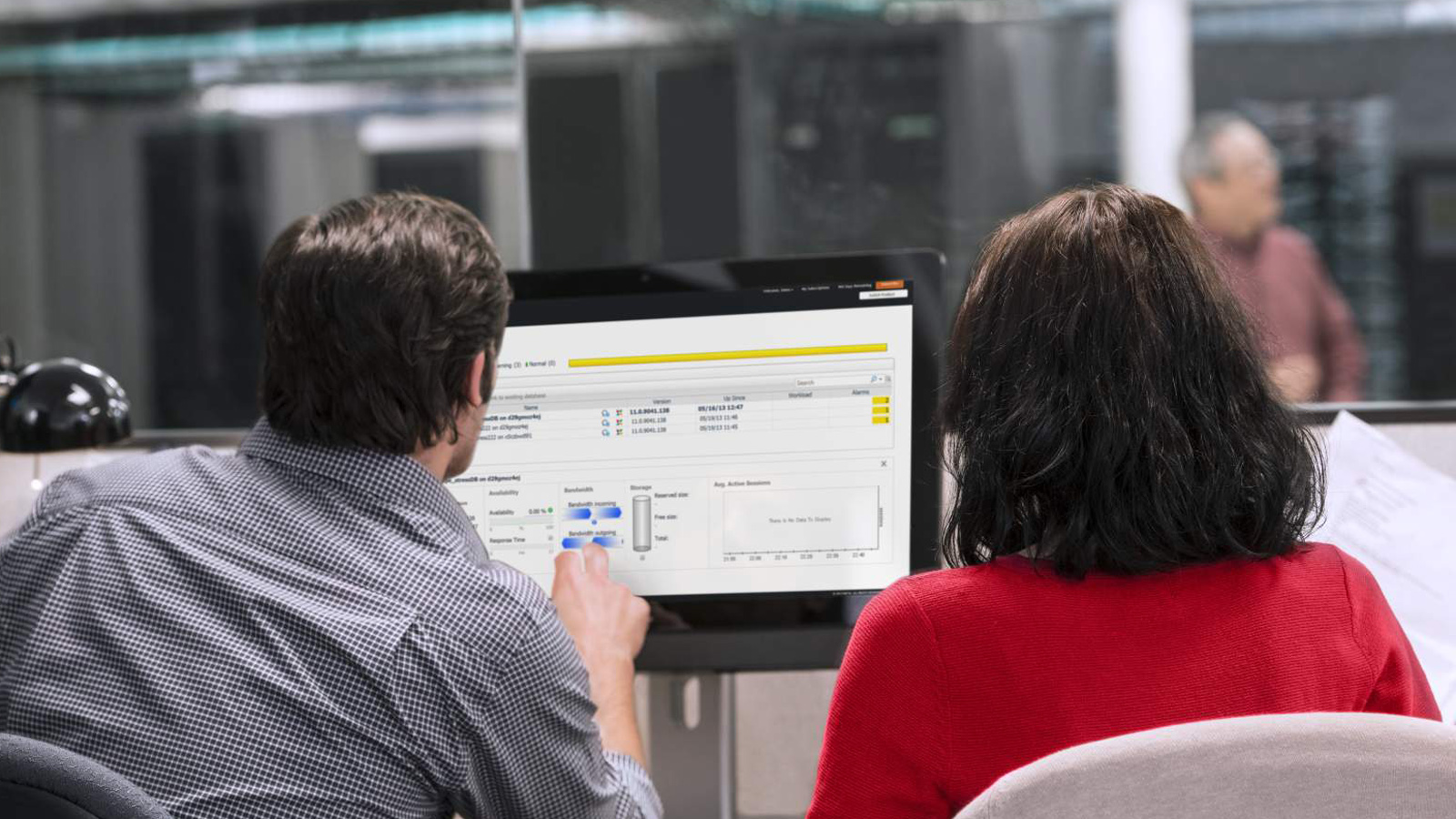Collaborative working: five tech trends to watch for in 2015
Social technology and email backlash

2015 will see significant changes made to our ways of working. As digital devices become more and more central in everyday life, firms are finding that their workforce increasingly consists of tech-savvy employees, who are skilled at using social media and often work remotely, rather than operating from a single office space.
At the same time, competition between businesses for skilled staff is increasing, meaning it is more critical than ever that employee motivation and satisfaction are upheld to maintain a loyal workforce.
To do this, firms must consider their staff's technological needs and desire for flexible working and, most importantly, a collaborative atmosphere. Companies should consider implementing online platforms which allow employees to work collaboratively from remote locations, in addition to creating a communal atmosphere similar to that of popular social media sites. This will ultimately generate satisfying outcomes for both employee and employer.
Although it has traditionally been the domain of the IT department, the implementation of collaboration technology is now lead by HR, as companies look towards modern ways of working. Tools that generate greater social collaboration are already helping businesses achieve a more positive workplace culture. Staff satisfaction is a key factor in generating effective results for both employers and employees, as staff are less likely to be tempted by new positions elsewhere.
To address the demand for a more collaborative style of working, businesses can take a proactive approach to implementing new strategies in this area based on five trends that will emerge in 2015.
Social technology
The use of social media has boomed in correlation to mobile technology, meaning that 'likes', 'shares' and 'comments' can be actioned from smartphones, tablets and laptops at any time, from any place. This interconnected atmosphere now extends to workplaces, with firms utilising collaborative platforms that allow staff to engage as the social creatures they are outside of the workplace. This isn't just about the technology, but the way in which people engage with one another.
Email backlash
With staff now receiving an overwhelming volume of emails, employee productivity and morale is being affected by the most common form of office communication. For this reason, proactive companies are looking at business-grade social collaboration platforms that allow staff to interact in new ways, and liberate them from email overspill.
Are you a pro? Subscribe to our newsletter
Sign up to the TechRadar Pro newsletter to get all the top news, opinion, features and guidance your business needs to succeed!
Process realignment
Traditional company setups involve both physical and hierarchical boundaries. In addition to saving time, social collaboration allows a more parallel and concurrent means of working that connects all employees within an organisation, resulting in aligned business objectives and a strengthened community atmosphere.
Recognising excellence
In addition to engagement and motivation, social collaboration allows staff to be recognised on a public level. Positive accolade is not only rewarding for individuals, but also encourages a team ethos in the celebration of colleagues' achievements.
The desirable employer
As competition for talent grows, it is crucial that employers position themselves in a positive light to attract new staff. In addition to the value and recognition that discourages existing members from leaving the company, social collaboration platforms also demonstrate a forward-thinking organisation that values contemporary tools and employee welfare.
The key trends and innovations for 2015 give firms the opportunity to overhaul processes and update their outlook. Implementing social collaboration technology helps companies to attract and retain the best employees, whilst producing efficient ways of working and a positive company ethos.
Firms must be open-minded to change, however, as both technology and the requirements of staff are subject to constant change and variation. It is essential that employers keep up to date with developments and respond accordingly, to ensure satisfaction and alignment across the board.
- Jon Bradshaw is Managing Director at Portal